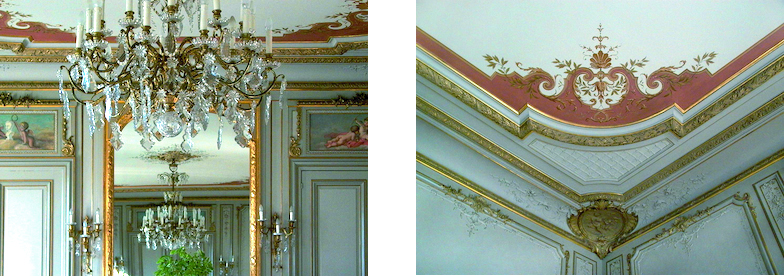University House
Schlösslistrasse 5
Following its renovation and conversion between 1985 and 1987, the present University House on Schlösslistrasse hardly bears any more signs of its turbulent past. Upper class villas of this kind are rare in Bern, particularly at this special location.
Until the construction of the Kirchenfeld Bridge, this was the city's sunniest development area that was accessible without any steep approaches. It can be seen from the land cost statistics that the highest land prices in Bern were charged in the Villette district in the 1880s. The fact that the Villette district was only developed slowly may be due to the construction crisis of the 1880s and the increasing emissions from the nearby railway station. The house, the origins of which date back to the 1830s, was expanded in 1880 by its owner Gabriel Rudolf Karl von Frisching, banker and Swiss Consul in Frankfurt, and building firm E. Müller to become a magnificent residence. The property later came into the ownership of the famous Bernese surgeon and Nobel Prize winner Theodor Kocher who used it as a guesthouse for the hospital he built next door (Kocherspital) – thereby explaining the name given to the Kocher Park straddling the area in front of the terrace. The house is the last major monument to have survived the development pressure in the Villette district since the 1960s.

The catalog of choice quality furnishings comprises all kinds of craftsmanship: woodwork, plastering, decorative painting, construction metalwork, stained glass etc. The overall result in many ways bears a strong French influence and is of particular monumental value as an early representative of the so-called new baroque style in Bern – on the one hand due to the clear borrowing from the "Maison de Campagne" of the eighteenth century from which the essentially symmetrical layout with an axial entrance and staircase and central parlor originates, while at the same time the house exudes an opulence through the elements inspired by the Second Empire and the Parisian beaux arts architecture that attempts to intoxicate the visitor's senses with all architectural means and brings a tinge of the stately atmosphere of the Parisian fin de siècle to Bern.
